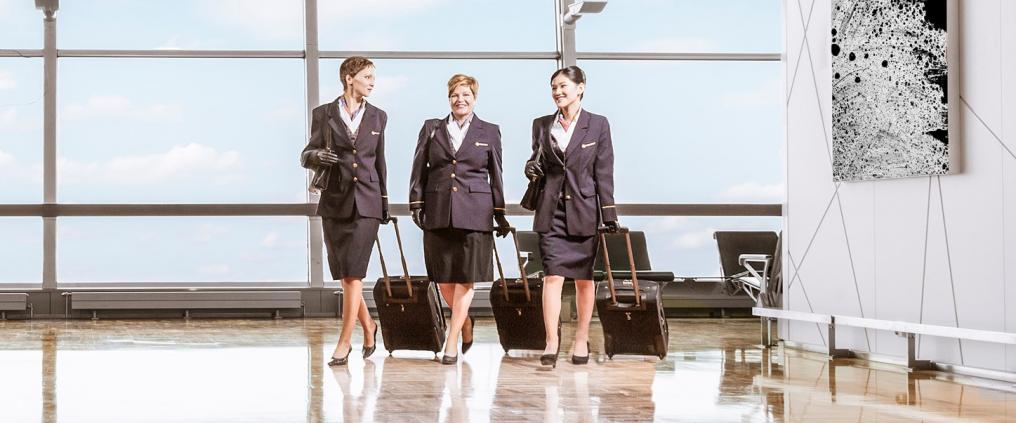Working as a flight attendant is often associated with a sense of glamour. After all, being paid to travel is a dream for many. But that is only one small part of being a cabin crew member in the sky.
According to Viivi Nyman, Head of Cabin Crew at Finnair, the primary job of flight attendant is to keep passengers safe and to ensure that everyone follows security regulations.
“On flights, our stewardess will also ensure that Finnair’s customer promise and the vision of unique Nordic service is fulfilled. Our job is to ensure our customers arrive relaxed at their destination and feel that they want to fly with us again,” she says.
Here, she shares what it takes to qualify as a flight attendant and talks about some of the most common misconceptions.
To become a flight attendant, what are some of the most essential requirements?
“Working as a flight attendant requires a strong customer service spirit, situational intelligence, good social interaction skills, adaptability, team spirit, flexibility and the ability to take initiative. If you also have a twinkle in your eye and a genuinely positive attitude to life, you may very well be just the kind of person to suit the job.”
What is the training process like? How long does it take before a flight attendant gets to work on a flight?
“After successfully passing Finnair's recruitment process, you’ll receive a training invitation to Finnair Flight Academy. The new entrant training period takes eight weeks. “Defined by the aviation authorities, the safety and first aid content is the foundation of the cabin crew members’ professional competence. Additionally, service communication and cultural awareness as well as Finnair’s vision and principles of good customer service are essential topics .
"After the new entrant training, you will have the basic level of competence to work as a cabin crew member. During your career, you will also participate in annual trainings on safety and service topics.”
What are some surprising things about the job that applicants and the public may not be aware of?
“The work itself is irregular in many ways. Flights and work shifts take place on various weekdays and times, with destinations around the world. Especially at first, you may need to work on public holidays, such as Christmas and Midsummer. The work also involves standby shifts, during which you must be prepared to report to work on one hour’s notice. Full time employees work approximately 110 hours per month.”
“You must be good team player so excellent social skills are a big asset. You work with many different stakeholders and with people from different cultures.”
What are some misconceptions about being a flight attendant?
“The most visible aspects of a flight attendant’s job may be safety demonstrations and in-flight service, but their most important duty, however, is seeing to the safety of everyone on board."
“Our cabin crew member has over 20,000 customer encounters per year, so we are really talking about customer service professionals here!”
What is required to become a cabin crew member at Finnair?
- Completed secondary education (upper secondary/vocational school)
- Experience of customer service
- Fluency in English is required, fluency in Finnish is highly valued, and other language skills are considered an asset
- Ability and willingness to understand and follow instructions
- Height minimum: 160cm
- Normal colour vision and distant vision using both eyes 0.7 or better (with or without glasses)
- Normal hearing
- Ability to swim minimum 50 metres
- Good general health (minimum requirement EASA Part Med Cabin Crew and Finnair regulations). In general, this means that the applicant should have no long-term medical conditions, especially those requiring continuous or recurrent medication or regular follow-up
- No visible tattoos, piercings or teeth jewelry



